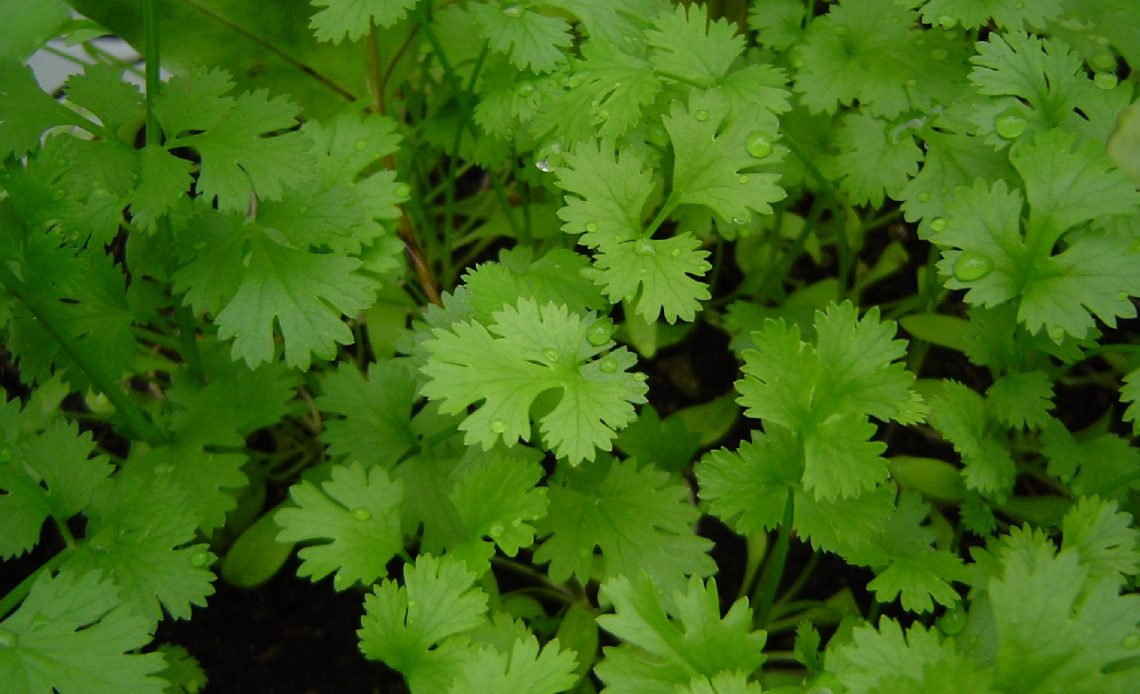

We’re here to help! Wild Yards is a completely free website that is 100% dedicated to helping you create a wildlife-friendly, sustainable yard. Read more
WildYards is reader-supported. When you buy a product through a link on our site, we may earn a comission. Every product is independently selected by our (obsessive) editors and our reviews are unbiased and objective. Read more about our mission or our privacy policy.
Fresh cilantro straight from the herb garden is just what you need to take your homemade salsas to the next level. Also known as Mexican parsley, this aromatic plant is easy to grow, and it makes for an excellent companion plant in its own right because its flowers attract beneficial pollinators. But how can you use other cilantro companion plants to keep your cilantro healthy and pest-free as it matures?
Cilantro companion plants like sage, anise, and onions repel unwanted insects, while sunflowers and mint attract important pollinators to your herb garden. Legumes, like beans and lupines, boost nitrogen content in the soil, improving the quality and taste of this culinary herb.
What are the best cilantro companion plants for your garden?
Cilantro gets along well with many plants. But when you choose companion plants specifically for your cilantro, it’s important to keep its growing requirements in mind. Cilantro likes moist, fertile soil, and shady, cool conditions. If your garden has poor soil, choose plants that help enrich it. If your garden is too sunny, opt for tall companions that cast large shadows. Use companion planting to your advantage by understanding your garden’s flaws and working to improve its weak points.
Beans
Have you ever noticed the leaves of your cilantro and other vegetables turning from light green to yellow? That’s a result of low nitrogen levels. Growing beans in between rows of your garden help treat nitrogen deficiency because beans make the nitrogen that’s in the soil easier for neighboring plants to absorb.
Beans are serious climbers, so make sure you have a trellis or other structure for them to grow up. This has the added advantage of providing cilantro and other small plants in your garden with some extra shade. If you don’t have room for climbing plants, try growing bush beans, instead.
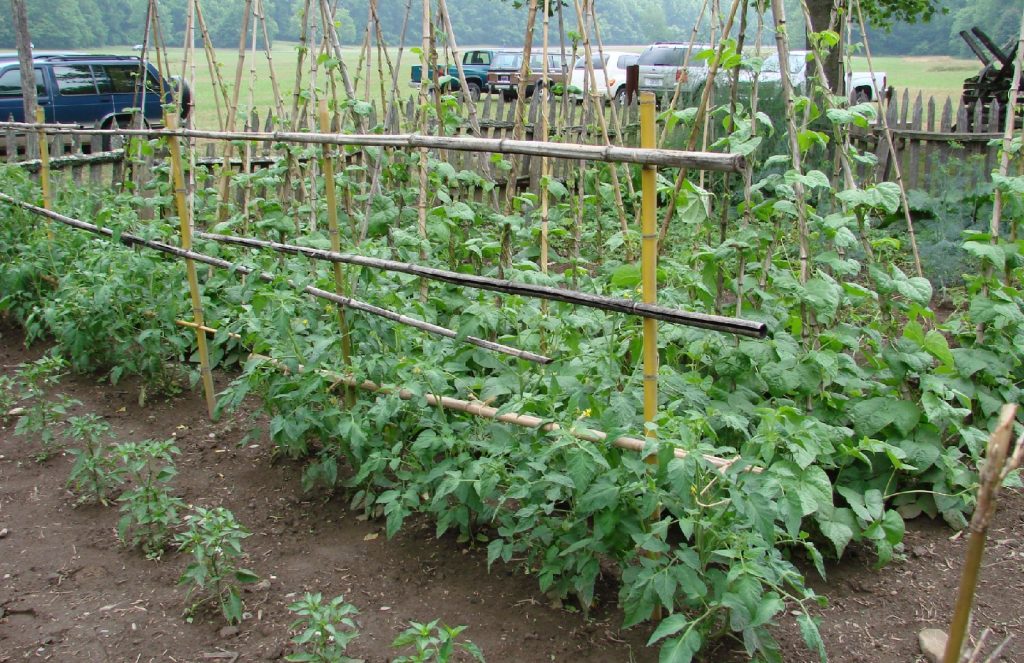
Alyssum
This mounding ground cover produces dozens of fragrant flowers that pollinators love to peruse. Alyssum grows shallow root systems that help keep moisture and soil in place. The roots are so noninvasive that they won’t compete with surrounding plants, so it’s a safe addition to your herb garden.
Regular removal of dead flower heads can improve this plant’s bloom production. This enables alyssum to attract ladybugs, parasitic wasps, and hoverflies that will enjoy helping you eliminate those unwanted insects, keeping your cilantro intact.
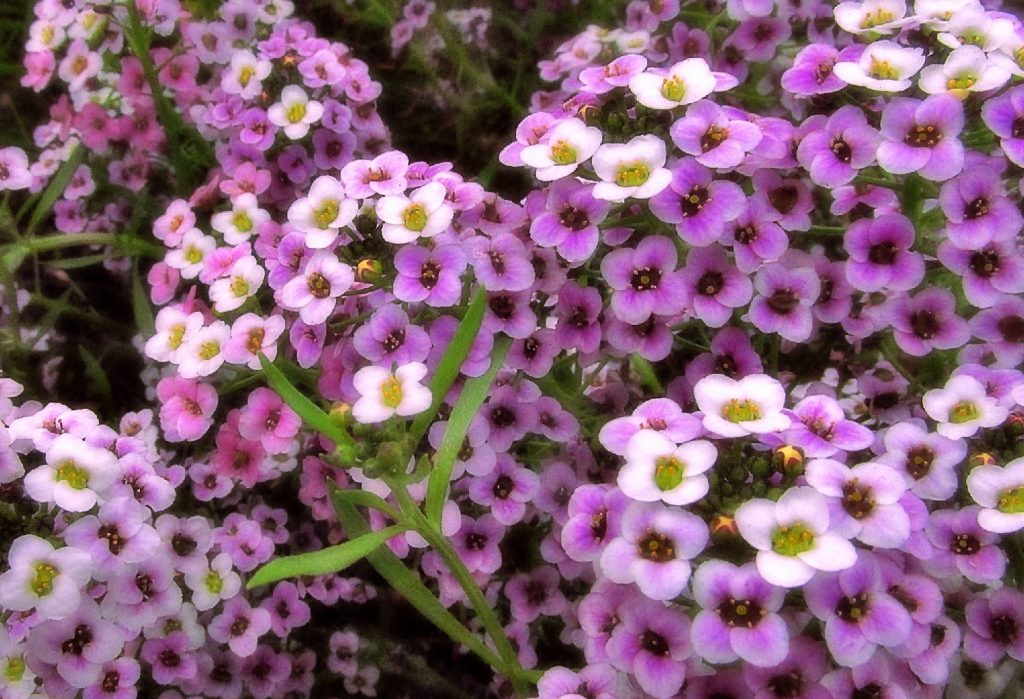
Sage
Carrot flies and cabbage moths can do a lot of damage, and they don’t just eat the plants they’re named after. They’re happy to feast on most of the vegetables in your garden. Fortunately, growing sage is an easy, all-natural way to keep these bugs out.
Sage prefers hot, dry conditions. So if you use this as a cilantro companion plant, grow it around the outer edges of your garden, or anywhere else that stays sunny and dry. Keeping sage in your garden keeps harmful insects off of your cilantro. But make sure these two plants are spaced far enough apart so they can still receive their unique growing requirements.
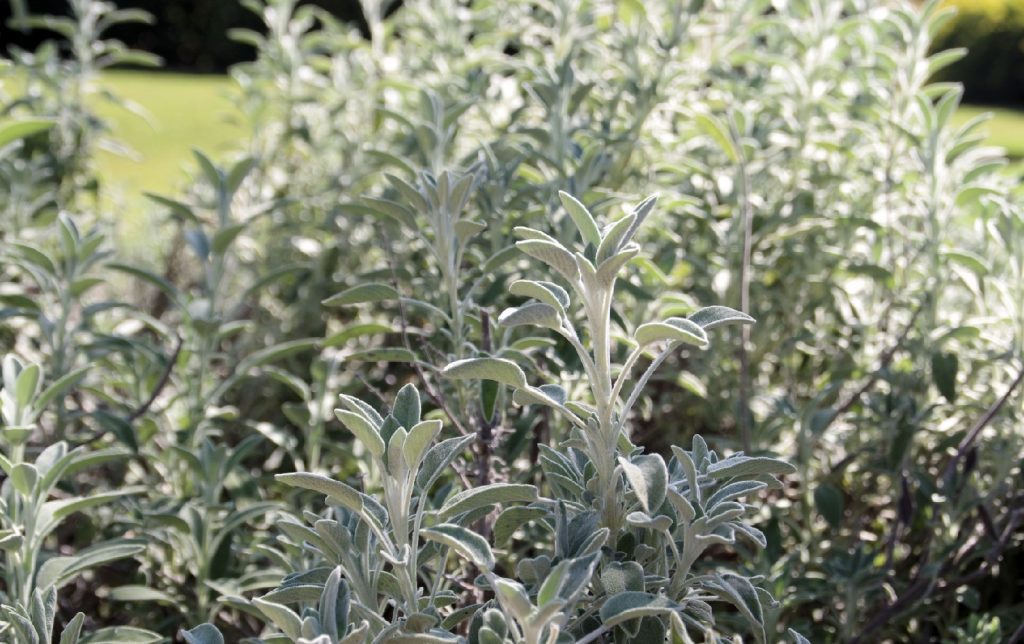
Anise
The best thing about growing anise with cilantro is that they both have the same growing requirements. That saves you some trouble. Anise seeds germinate quickly in a shady spot, especially when sown near cilantro. And, like cilantro, it doesn’t require much care beyond regular watering.
Anise produces a strong, pungent odor that’s reminiscent of black licorice. Fleas, aphids, mites, and other plant-eating insects hate that scent, so if your cilantro regularly falls prey to these tiny nuisances, anise can help ward them off. Star anise, in particular, shows powerful insect-repelling capabilities.
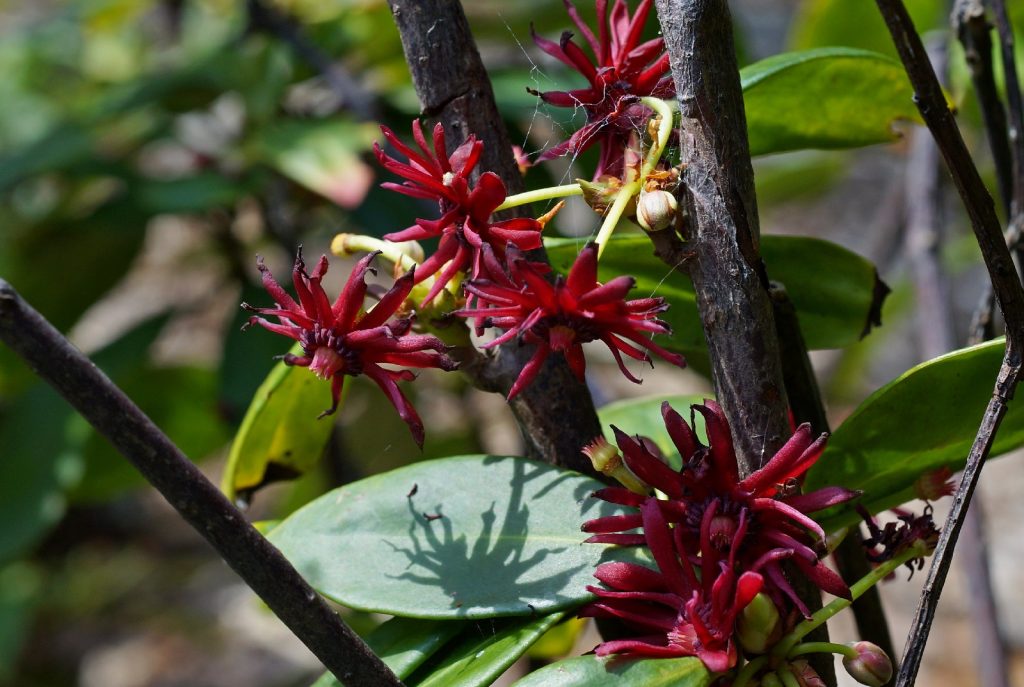
Sunflowers
Hummingbirds and butterflies love sunflowers. But bees, in particular, enjoy foraging on sunflowers when they’re planted near cilantro. While sunflowers may not be your first thought when it comes to cilantro companion plants, their tall stalks provide excellent shade. They also catch the attention of hungry birds and squirrels, keeping them away from your vegetables.
Sunflowers are some of the most low-maintenance plants you can grow. Even though they don’t require much water, they won’t be in danger of becoming overwatered when placed next to cilantro. Cilantro plants are so small by comparison that what’s considered a lot of water for them is only a small sip for giant sunflowers.
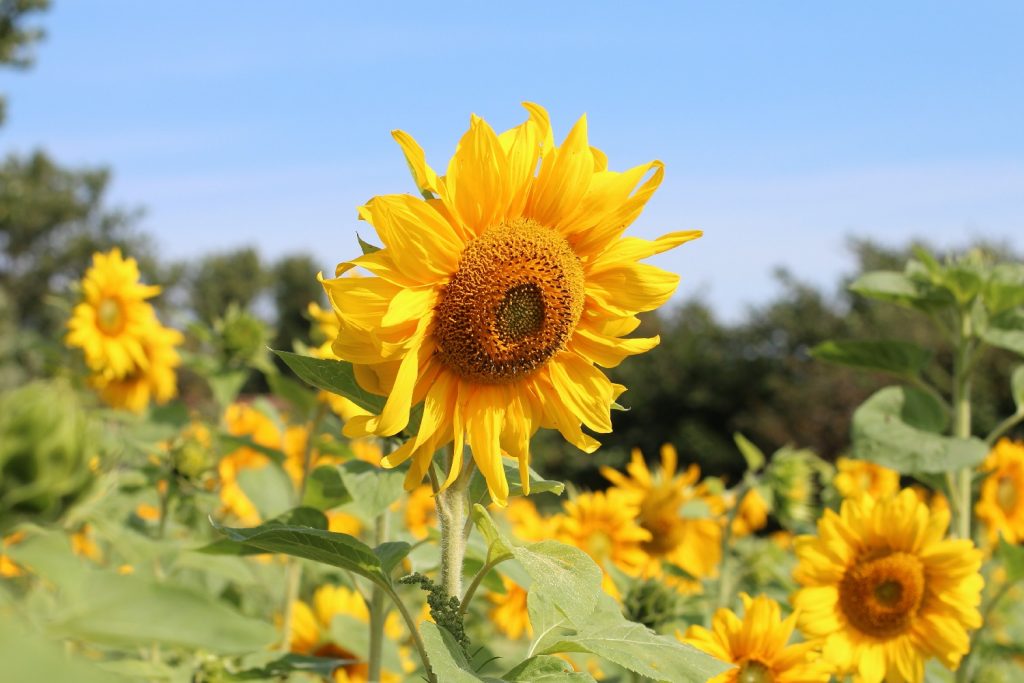
Asparagus
Asparagus works well as a cilantro companion plant because its roots reach deep into the soil, where it can’t steal nutrients away from cilantro’s shallow root system. Neither plant takes any resources away from the other.
Cilantro can help asparagus grow better, too. It repels asparagus beetles, keeping them away from slow-growing asparagus plants. Additionally, because asparagus can take years to germinate, it’s easy to forget where you planted them. Cilantro helps delineate your asparagus plot so you know what they are when they begin to sprout.
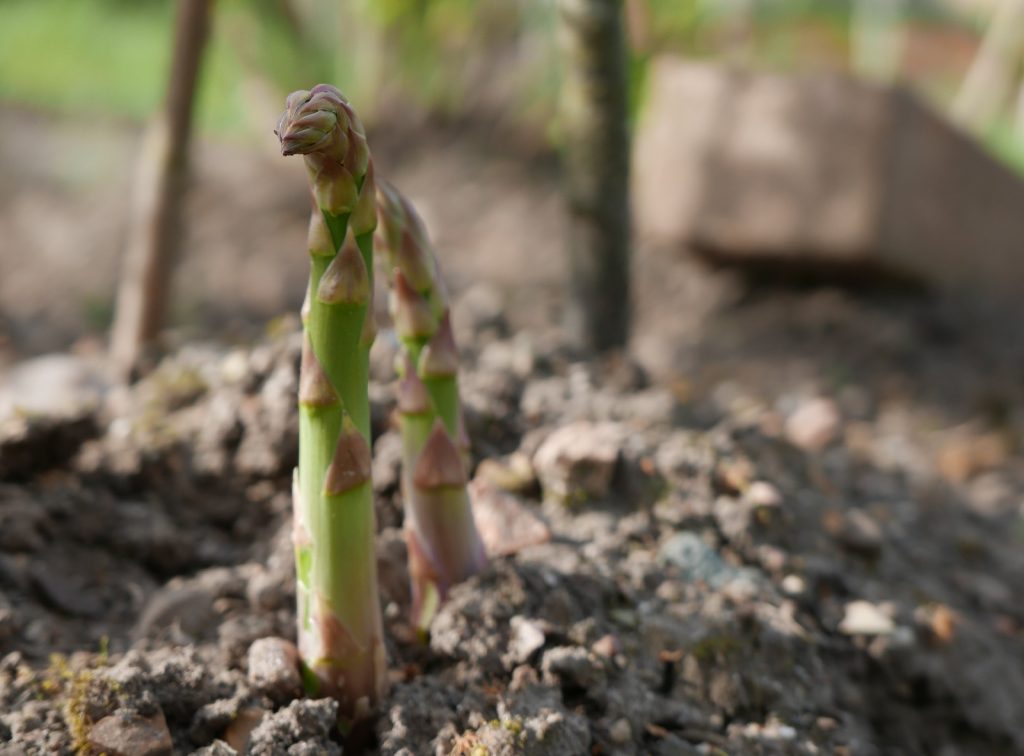
Onions
Onion juice is a common ingredient in deer and rabbit repellent sprays, so using onions to keep these hungry foragers out of your garden just makes sense. Onions are full of sulfur, which is why they smell so strongly. And it’s that sulfury smell that keeps wildlife away. The onion’s high sulfur content can also enhance the taste of your cilantro when planted nearby. For the tastiest homemade pico de gallo, keep your onions and cilantro plants close together.
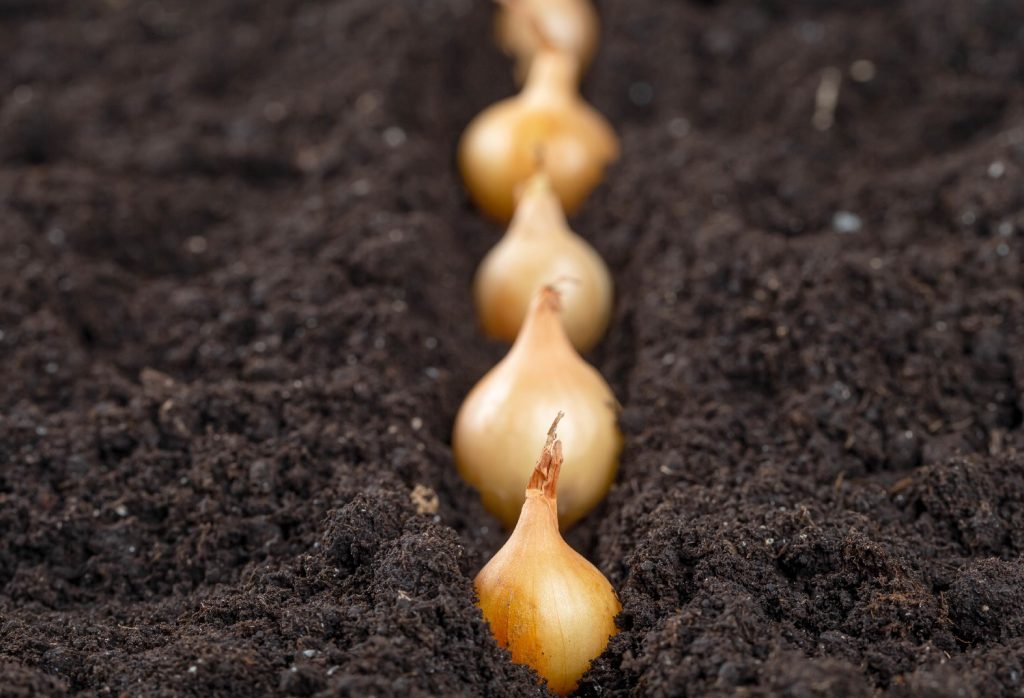
Mint
This fragrant, hardy little herb is ideally suited to companion planting with cilantro because it thrives in similar conditions. Mint just loves to grow in moist, shady locations, and many people consider it invasive because of its ability to take over the ground around it. But this is actually a good thing because it prevents erosion and traps moisture for the benefit of surrounding plants.
Mint plants produce dozens of sweet-smelling flowers that bees love. Hoverflies and parasitic wasps enjoy them, too. Having more of these predatory insects in your garden can help you keep bug populations down so you can enjoy the fruits of your labor come harvest time.
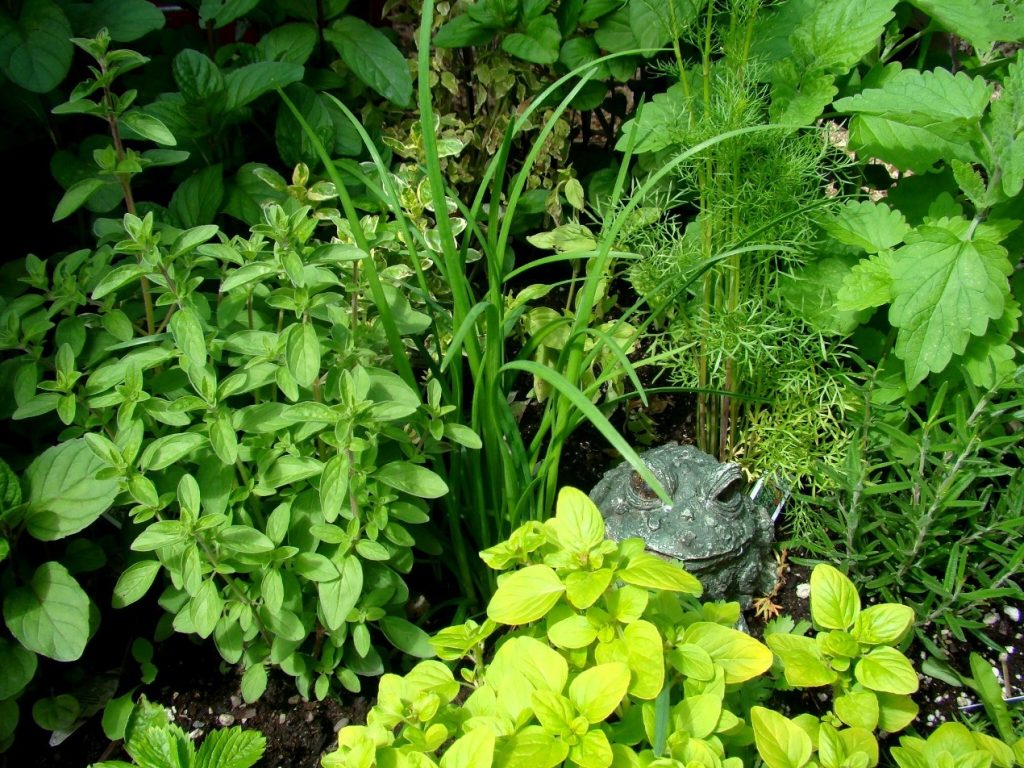
Spinach
Cilantro loves spinach, but maybe not as much as spinach loves cilantro. Spinach is a longtime favorite cilantro companion plant because, not only does it grow better when planted near cilantro, but cilantro also helps ward off the aphids, worms, and beetles that like to snack on spinach’s tender new leaves. Unfortunately, both of these tender greens can fall prey to rabbits, so be sure to rabbit-proof your garden to prevent them from being munched on.
Lupines
Tall, flowering legumes, lupines are a nutritious source of pollen and nectar. They’re so tall and fragrant that they easily attract garden-friendly pollinators, like hummingbirds. Predatory insects are also drawn to lupines, and will happily peruse your vegetable plants for worms and larvae when you include them in your garden.
As legumes, lupines enhance nitrogen and carbon uptake by making these nutrients more absorbable for surrounding plants. A popular ingredient in detoxing green smoothies, cilantro acts as a magnet for heavy metals, drawing these substances out of the body. The more carbon in your cilantro, the better it will be able to neutralize the damaging effects of these metals. This makes lupines one of the best cilantro companion plants.
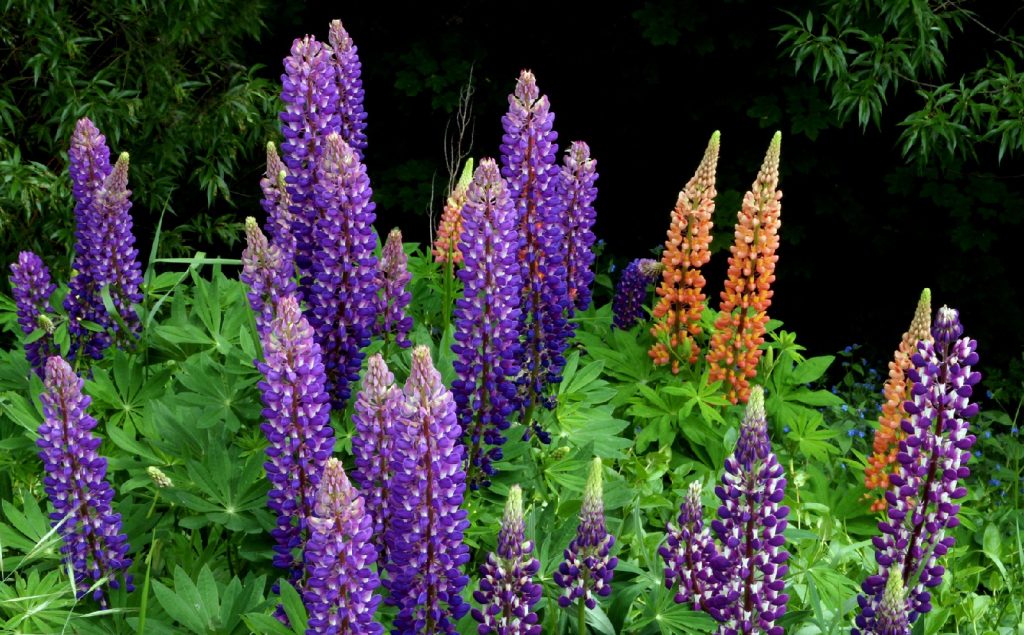
Celery
Insects loathe celery because of its strong smell. Growing celery near your cilantro plants provides them with a little extra protection, both from predators and from the elements. Insects won’t be tempted to nibble on your cilantro when planted near aromatic celery. And the plant’s relatively tall stalks help keep shorter cilantro plants in the shade, where they like to be best.
There is a downside to growing celery: deer love it. While celery can be an effective companion for cilantro, it’s important to take measures to keep deer out of your garden so you can keep both of these plants safe.
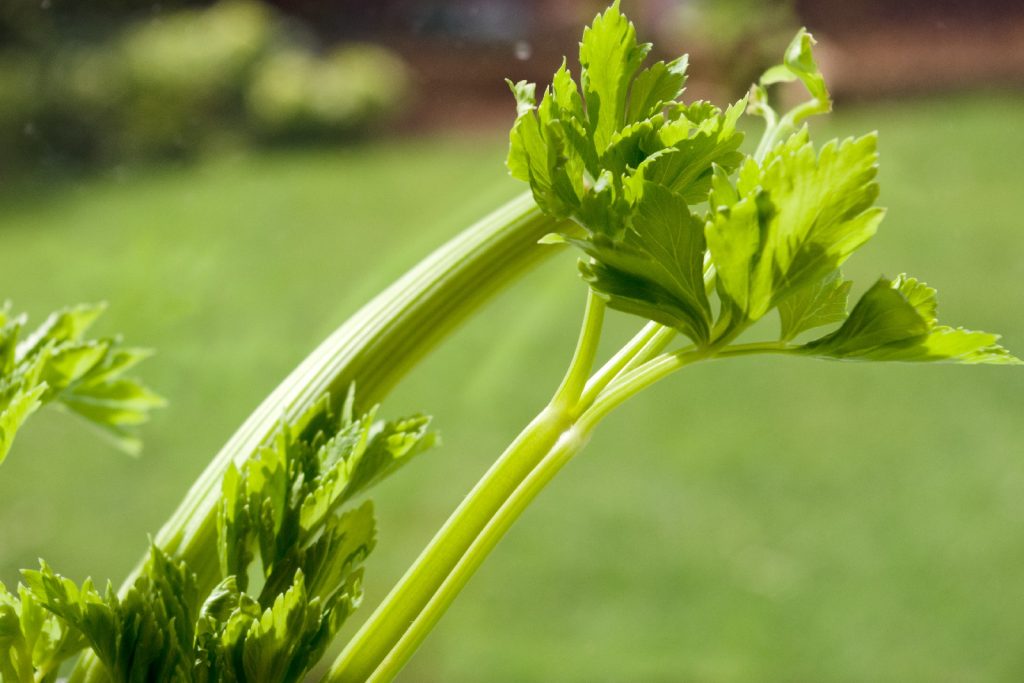
Which plants should you avoid growing near your cilantro?
Cilantro attracts good insects and repels harmful ones, so it’s an excellent companion for many plants. But some plants can cause serious problems for your cilantro when planted too close by. Avoid using the following plants as cilantro companions.
Carrots
Cilantro and carrots both like the same kinds of nutrients, so growing them too close to one another can stunt both plants’ growth. If you want a healthy carrot crop and happy cilantro plants, be sure to keep these two apart. It’s also worth noting that there’s a risk of cross-pollination between carrots and cilantro plants. To avoid this, consider growing cilantro in your spring garden and carrots in your fall garden.
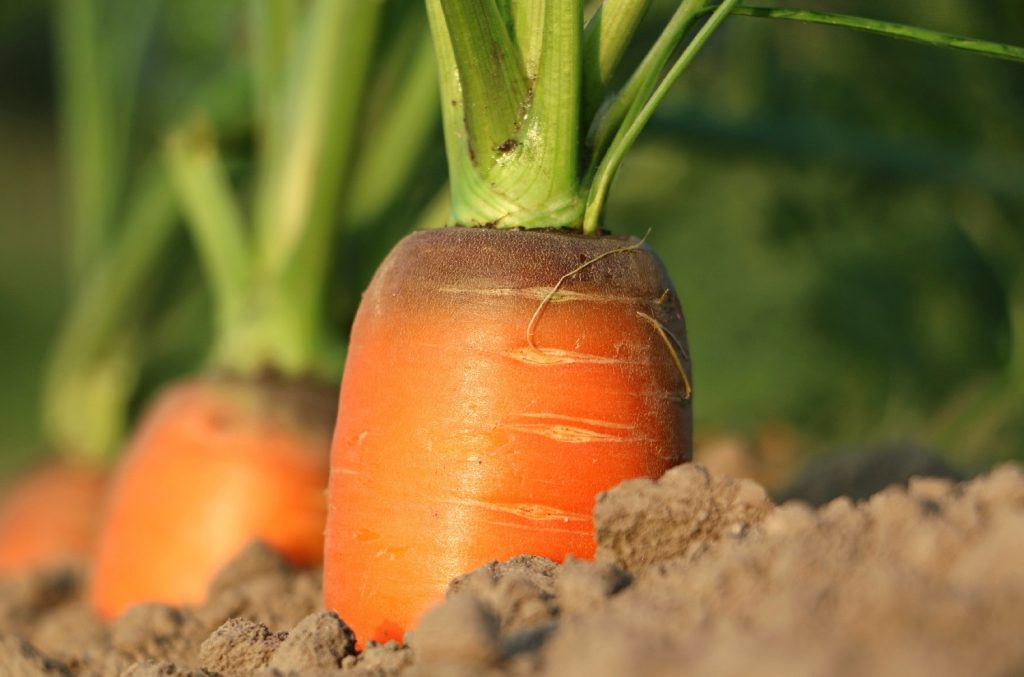
Fennel
These two herbs just don’t get along. Neither fennel nor cilantro plants perform well when planted close to one another. These plants stunt each other’s growth because they each compete for the same nutrients. So if you want to grow fennel and cilantro at the same time, grow them on opposite sides of your garden, or in separate pots.
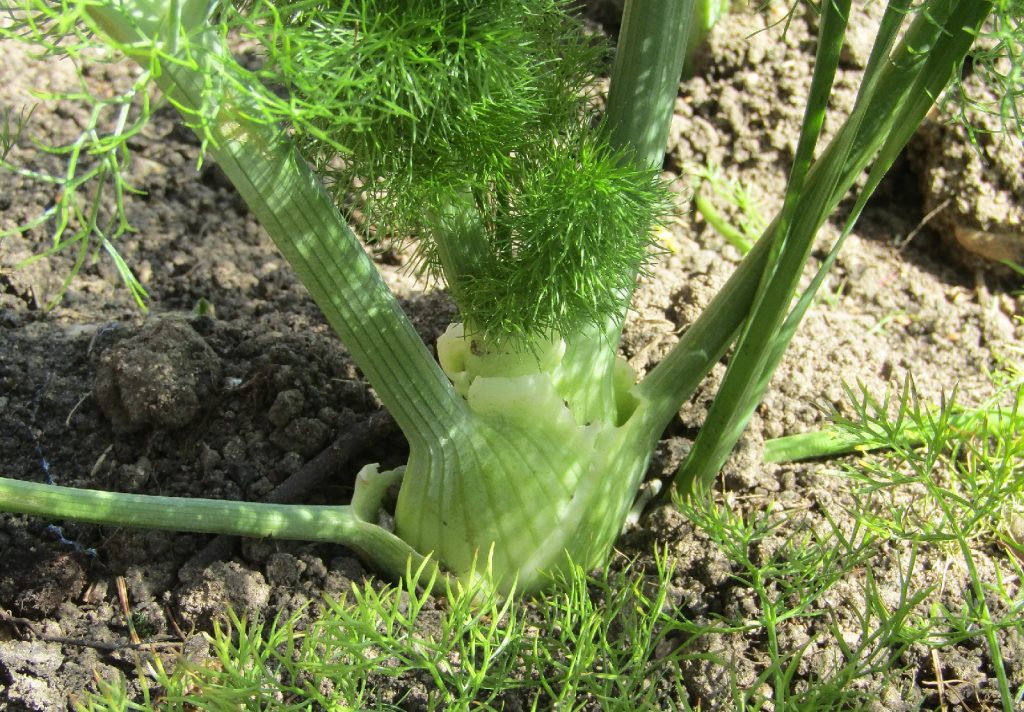
Dill
Carrots, dill, and fennel are members of the Apiaceae family, so cross-pollination is an issue for all of these plants when they’re grown together and with cilantro. If you don’t care whether or not your dill and cilantro plants go to seed, then feel free to grow these two plants side by side. Otherwise, it’s best to keep them separated.
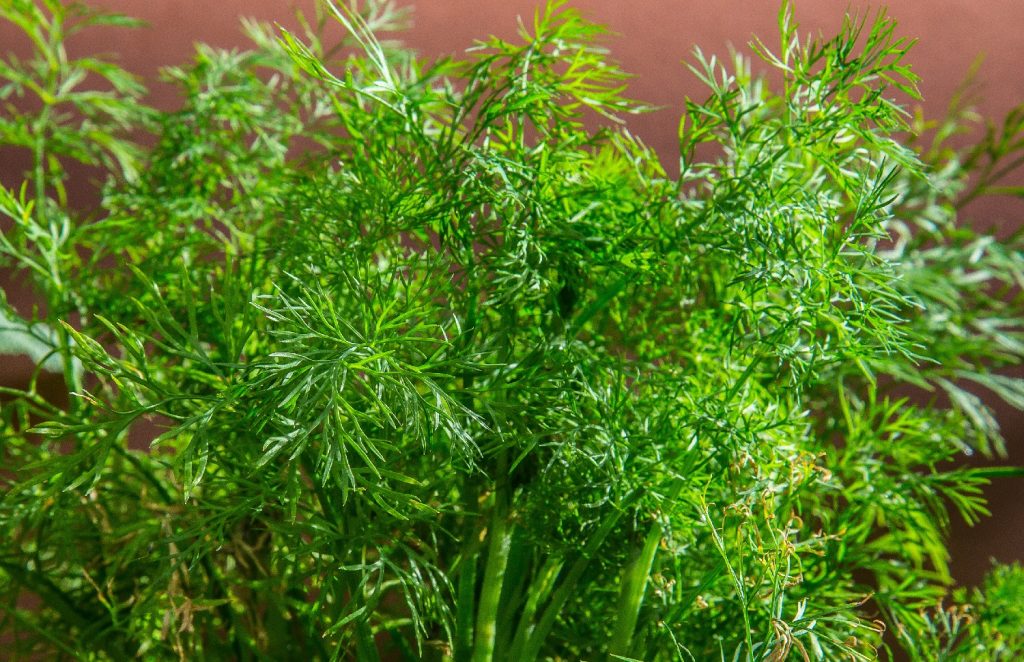
Should I plant companion plants for cilantro?
Growing companion plants with your cilantro is an easy way to support growth. By keeping damaging insects at bay and improving soil quality, cilantro companion plants can help you grow the best cilantro possible.
